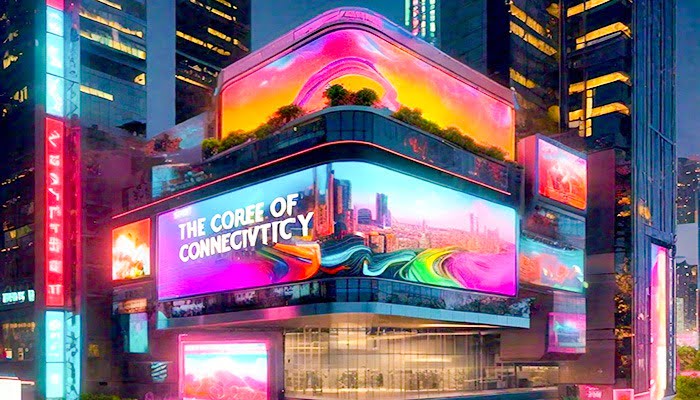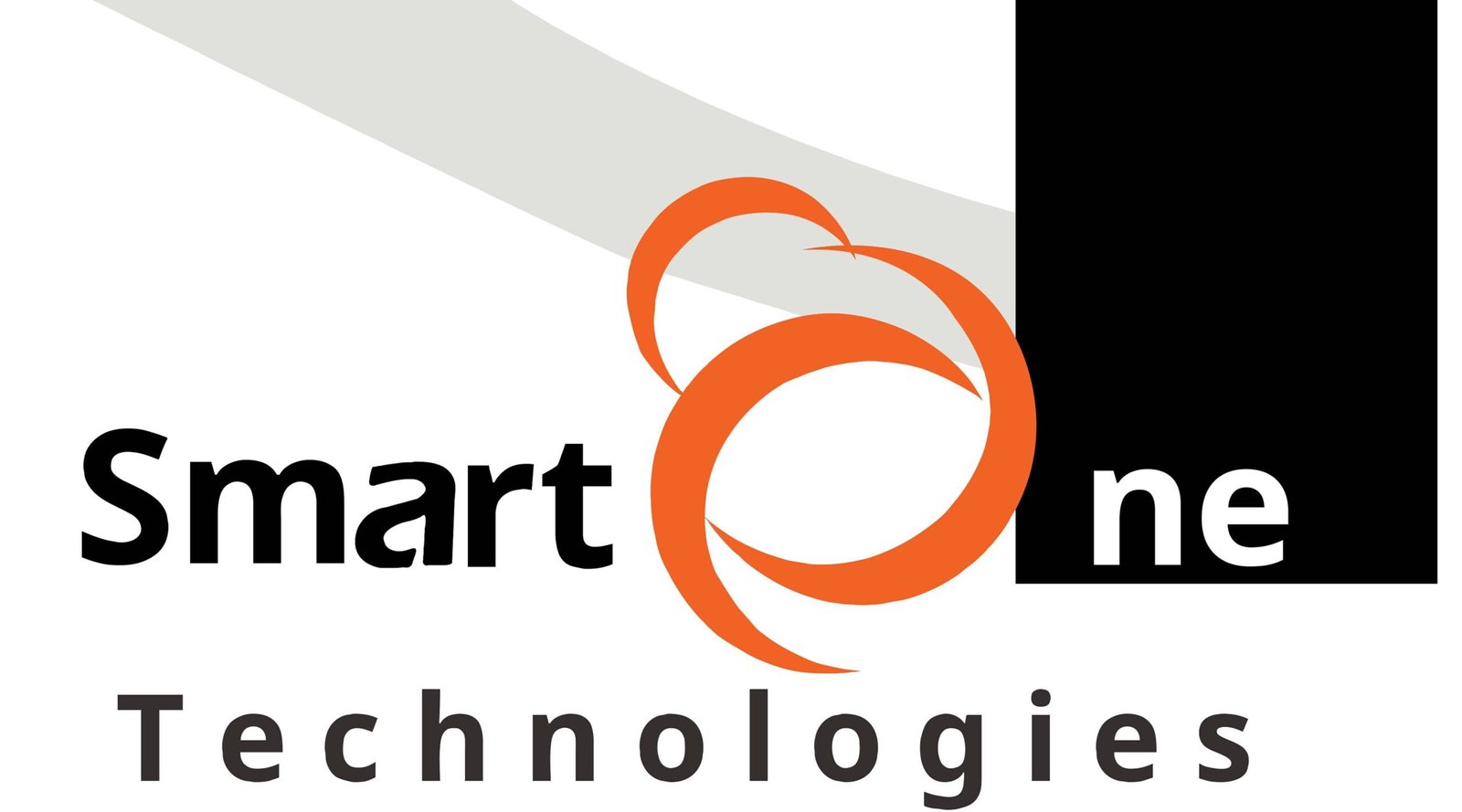Introduction
In today’s fast-paced, highly visual world, technology, communication, and connectivity have gained new dimensions. The most effective instrument in this area is the dynamic display. From busy city centres to tranquil corporate lobbies, the aforementioned displays are versatile and captivating. They are the basis of connectivity in the modern age, increasing the ability to share data, share stories, and engage viewers.
What are Dynamic Display Solutions?
Dynamic display options comprise a wide range of digital display technologies created to show information in an engaging and dynamic way. Contrary to static displays, display systems can update information immediately, adjust to the user’s needs, and seamlessly connect to various other platforms. Moving from signage that was traditionally used to advanced digital displays is an important change in the way we interact visually.
The Role of Dynamic Display Solutions in Modern Connectivity
Dynamic displays are a key element in the modern world of connectivity, improving how we distribute and absorb information. Whether it’s live updates at an airport or transport hub or engaging advertising in retail settings, they ensure information is communicated rapidly and efficiently. They help create a more unified atmosphere where information flows effortlessly, and interactions are much more fun.
Types of Dynamic Display Solutions
Digital Signage
Digital signage utilizes LCD, LED, or projection technology to show content like digital pictures, videos, streaming media, or other information. It is typically found in public areas, transport systems, stadiums, museums, retail outlets and restaurants, hotels, and corporate structures.
Interactive Displays
Interactive displays feature touchscreens that permit users to interact directly with the contents. This kind of display is popular in schools, kiosks, and areas of customer service where interaction is vital.
Video Walls
Video walls consist of multiple screens that work together to show content in one huge area. They are utilized in control areas, sports arenas, and shopping centres to provide an impactful visual impression.
Transparent Displays
Transparent displays allow users to view information through the screen as they view it. They are typically utilized in product showcases and windows to make exciting and futuristic displays.
Benefits of Dynamic Display Solutions
Improved Engagement
Dynamic displays draw attention to themselves better than static displays, leading to better engagement. Their capacity to show dynamic, animated images makes them attractive to users.
Versatility
The solutions they provide are highly flexible and can be adapted to different situations, from information and advertising diffusion to interactive user experiences. They can also be customized to suit the particular requirements of various environments.
Real-time Updates
Dynamic displays can be changed rapidly, which means that the information presented remains current. This is especially useful when timely information, like trains and airports, is essential.
Enhanced Visual Appeal
Dynamic displays, with HD screens and bright colours, provide the best visual quality, making the content more attractive and easy to digest.
Applications of Dynamic Display Solutions
Retail and Advertising
Retailers use dynamic displays to attract customers, highlight items, and enhance shopping experiences. Advertising agencies also leverage displays to produce eye-catching advertisements that can be easily modified and customized.
Education
In education, dynamic displays allow for interactive learning and information sharing. They are utilized for demonstrations in interactive classrooms and digital signage throughout campuses.
Healthcare
Clinics and hospitals use interactive displays that provide useful information to clients and guests, simplify procedures, and increase staff communication.
Corporate Environments
Companies use interactive displays to aid in internal communications and presentations and to create lively environments in conference rooms, lobbies, and lobby areas.
Public Spaces
In public spaces such as railway stations, airports, and city centres, lively exhibits provide essential details, instructions, and advertising to an audience of all sizes.
Technological Advances Driving Dynamic Display Solutions
High-Resolution Displays
High-resolution display technology significantly improved the quality of visuals on display screens, making displays more efficient in drawing viewers’ attention and delivering details.
Touchscreen Technology
Advancements in touchscreen technology have created more engaging and interactive experiences for users, allowing them to interact directly with information.
AI and Machine Learning Integration
Machine learning and AI can augment dynamic displays by enhancing information, anticipating user preferences and making updates automatically based on information analysis.
Internet of Things (IoT)
The combination of IoT can allow dynamic displays to communicate with different systems and devices, which allows real-time data sharing and synchronized operations.
How to Choose the Right Dynamic Display Solution
Assessing Your Needs
Find out the purpose behind the display. It could be to promote advertising, dissemination of information, or even an interactive experience. This will help you choose the right combination of technology and features.
Considering the Environment
Think about the physical space in which the display will be placed. Things like the lighting, space, and distance to the audience can affect your decision on the display’s type and size.
Budget Considerations
Find out your budget and then explore alternatives within it. Investing in high-quality products can yield better long-term results by ensuring durability and lowering the cost of maintenance.
Future-proofing Your Investment
Find solutions that can scale and be upgraded with the latest technology so that your investment is relevant if technology changes.
Case Studies: Successful Implementations
Retail Case Study
The largest retailer has implemented digital signage in its locations, which has increased customer engagement by 30% and significantly increased sales.
Educational Institution Case Study
The university has installed interactive screens in the lecture halls and common spaces to enhance learning experiences and communication between students on campus.
Healthcare Facility Case Study
The hospital used dynamic displays to simplify patient check-in procedures and offer immediate information, improving the efficiency of all departments and ensuring patient satisfaction.
Challenges and Considerations
Technical Challenges
Dynamic displays are often accompanied by technical issues, such as integrating existing systems and ensuring secure connectivity.
Cost and Budget
Initial costs can be expensive. However, it’s often worth the costs over time. You must plan for the beginning investment as well as regular maintenance.
Content Management
A well-organized content management system is essential in ensuring the quality and effectiveness of interactive displays. This means regular updates and providing high-quality content.
The Future of Dynamic Display Solutions
Emerging Trends
You can anticipate the integration of AI, augmented reality, and personalized content into interactive displays, which will make them even more interactive and enjoyable.
Predictions for the Next Decade
As technology improves, vibrant displays will become more common and integrated into everyday life, thereby increasing connectivity and communications.
How to Implement Dynamic Display Solutions in Your Organization
Planning and Strategy
Create a strategy that clearly outlines the purpose and goals of your interactive display. This will help you plan and implement it.
Installation and Setup
Employ the expertise of experienced specialists to properly install and configure your interactive displays with software and hardware integration.
Maintenance and Support
Regular maintenance and support are crucial to keep your high-performance displays operating smoothly. Create a strategy for continuous repair and support.
Best Practices for Maximizing Impact
Content Strategy
Make sure you have a comprehensive content plan that includes frequent changes and an array of engaging content to keep your customers engaged.
User Experience Design
Create an intuitive and seamless user experience. This means designing user-friendly interactions and elements that are simple to use.
Regular Updates and Maintenance
Make sure to update your content regularly and maintain the equipment for optimal efficiency and the relevance of your dynamic displays.
Conclusion
Dynamic display systems are revolutionizing our way of connecting and collaborating in different settings. From educational and retail settings to corporate and healthcare locations, these adaptable and captivating displays improve our capacity to communicate data and connect with people. Technology is advancing.



0 Comments on “The Core of Connectivity: Dynamic Display Solutions”